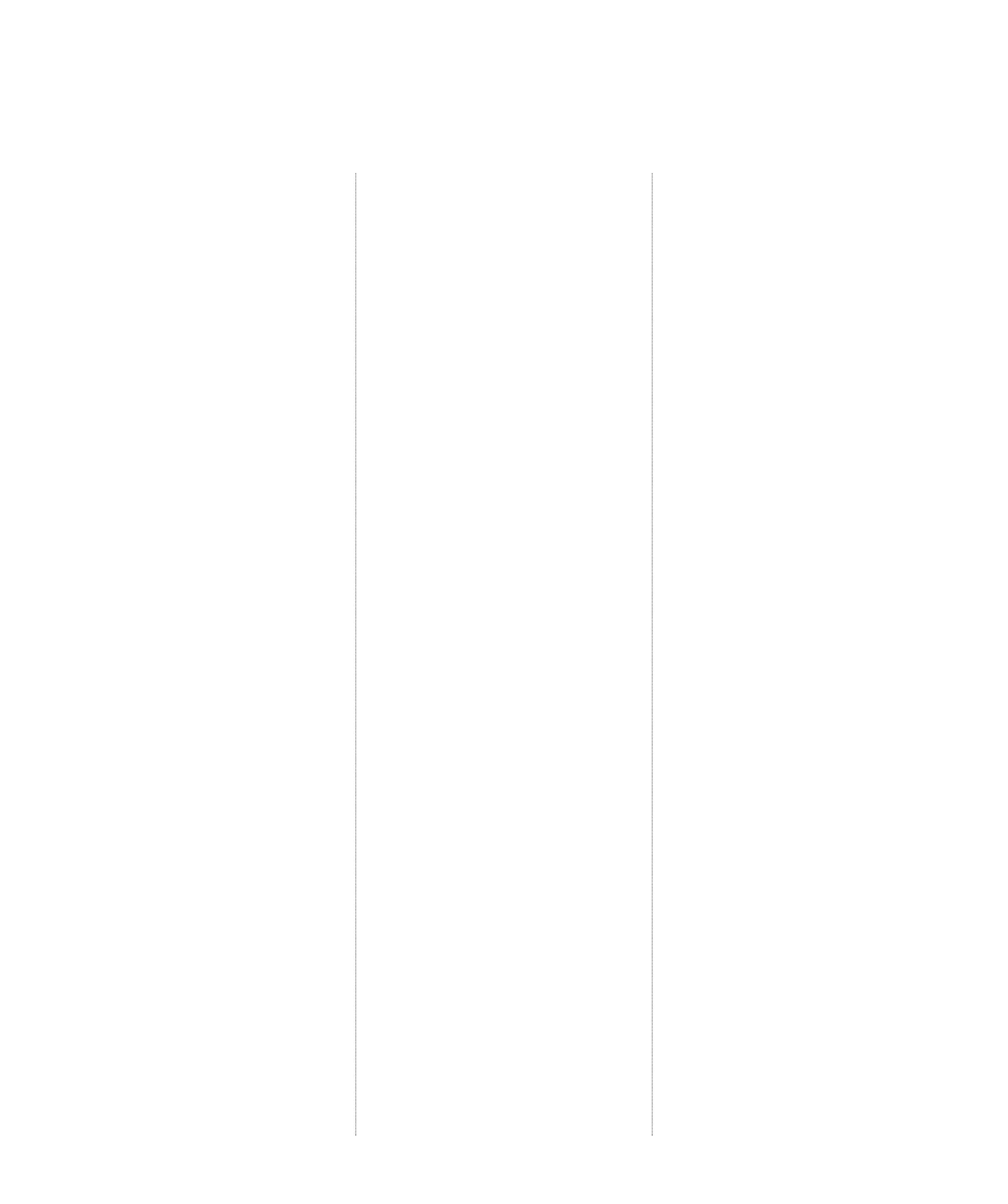
3 minute read
About this book
How this book works
Divided into three chapters, this book teaches the fundamentals of five programming languages: Scratch, Python, HTML, CSS, and JavaScript; the last three are grouped under Web Technologies. The book defines the basic concepts of each programming language and builds on them with the help of detailed projects that you can try on your own.
Advertisement
Concepts
Each chapter contains the basic programming concepts of the language. These are explained with the help of practical code examples that you can try out to understand the concept better.
Illustrations help you understand and learn concepts
Projects
The projects in this book teach you how to create games, planners, apps, and websites. Each project starts with a brief overview of what you will learn in the project, how to plan the project, and what you will need to create it. Simple step-by-step instructions guide you through the project and explain every aspect of the code, with the help of detailed annotations.
YOU WILL LEARN
Time: 1 hour
Lines of code: 58
Difficulty level
Indicates the estimated time it will take to create a project
Indicates the estimated lines of code in a project. This may vary depending on the code editor being used
This box highlights the concepts being used in a project
YOU WILL LEARN
Indicates the difficulty level of a project, with one being the easiest
Projects are broken down into smaller sections with clear steps to make learning easier
1.1 1.2
Hacks and tweaks
The “Hacks and tweaks” section at the end of each project provides tips on how to tweak existing bits of code, or add new functionalities to it.
available = 2500.00
budgets = {}
STEP-BY-STEP
Hacks and tweaks
Coding elements in the book
Icons, colour-coded windows with grids, and flowcharts that explain the program structure help you work your way through the projects.
Icons
The “Save” icon will remind you to save the program at a particular point in the project. The “HTML”, “CSS”, and “JS” icons indicate which web file you need to write the code in.
Python code windows
Python uses two different windows – the shell window and the editor window – for writing code. To differentiate between the two, this book uses different colours. This will help you know which window you should type the code in.
>>> input = 2 >>> score = input * 3 >>> print(score) 6
SHELL WINDOW

These chevrons appear only in the shell window. Type in the code at the >>> prompt Each block of the grid represents a single space in the code
SAVE HTML CSS JS
def reset_game(): global score, charms score = 0
charms = 0
EDITOR WINDOW
Every indent (spaces at the start of a line) equals four empty grid blocks. All subsequent indents will be in multiples of four
Web languages code window
The code for all the Web languages is written in green-coloured windows in this book. A special visual element, a turnover arrow, is used to indicate code being split over two lines. This element is not part of the actual code and has only been introduced in the book to help explain the flow of code in a block.
...<ul id="topMenu" class="navbar-nav mr-auto"> <li class="nav-item">
<a class="nav-link" href=
"index.html">Home</a>
</li>
In this book, ellipses are used at the start of a line of code to indicate an extended indent, usually more than eight grid blocks Grey code indicates an existing line of code in the program. It is used to identify the line below or above which the new code must be added The placement of the arrow indicates if a space needs to be added before it. In instances where there will be no space, no empty grid blocks are left between the arrow and the code
CODE WINDOW FOR WEB LANGUAGES
DK website for code
The resource pack for the projects in this book (except the “Hacks and tweaks” sections and the projects created in Scratch) have been hosted on www.dk.com/coding-course. This includes code in its original format (.py, .html, .css, .js) and images for all the games and websites.
DK
www.dk.com/coding-course

INTRODUCTION











